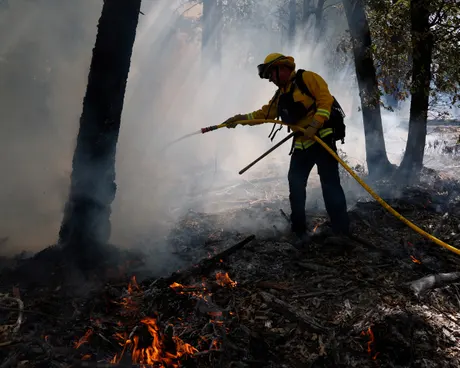With raging summer heat, the Grand Canyon region of Arizona was shaken by swift-moving wildfires, which forced several residents and tourists to evacuate their homes and camps. Set ablaze by a lethal mix of blistering heat, gusty winds, tinder-dry brush, and low humidity, the fires have spread quickly, triggering emergency evacuations and raising questions about wildfire preparedness in Arizona.
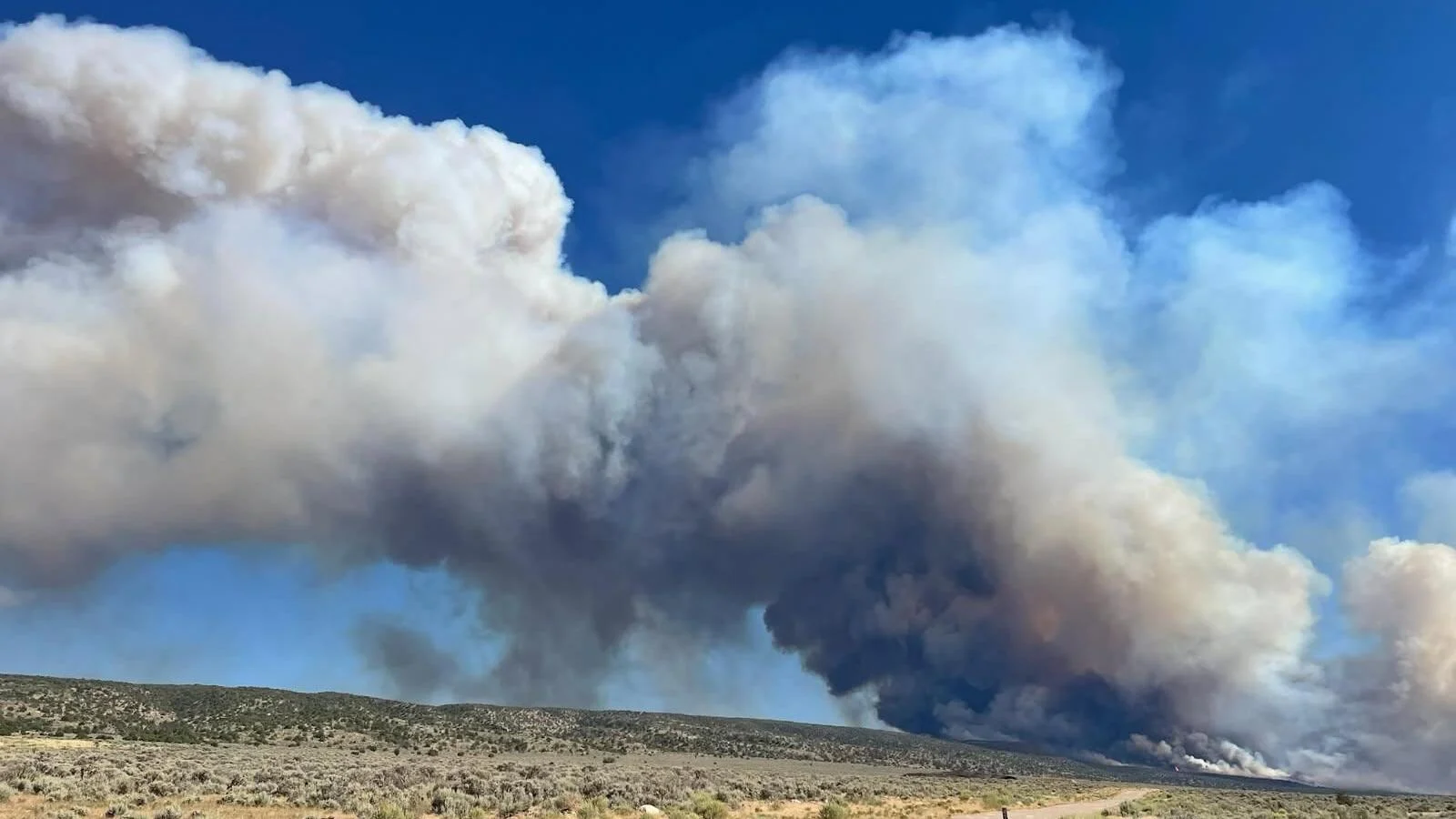
Blaze Erupts in Lightning's Wake Wednesday night, thunderstorms swept over the region around Jacob Lake, to the north of the North Rim of the Grand Canyon, creating lightning that started a fire called the White Sage Fire. It burned about 1.5 square miles (around 1,000 acres) of Bureau of Land Management land by Thursday. Conditions engaged: The authorities reported that the region was under an extraordinary heat warning, with temperatures of up to 115°F (46 °C). Factoring in the dry fuels, gusty winds, and low humidity, the conditions have provided a quick and uneven spread.
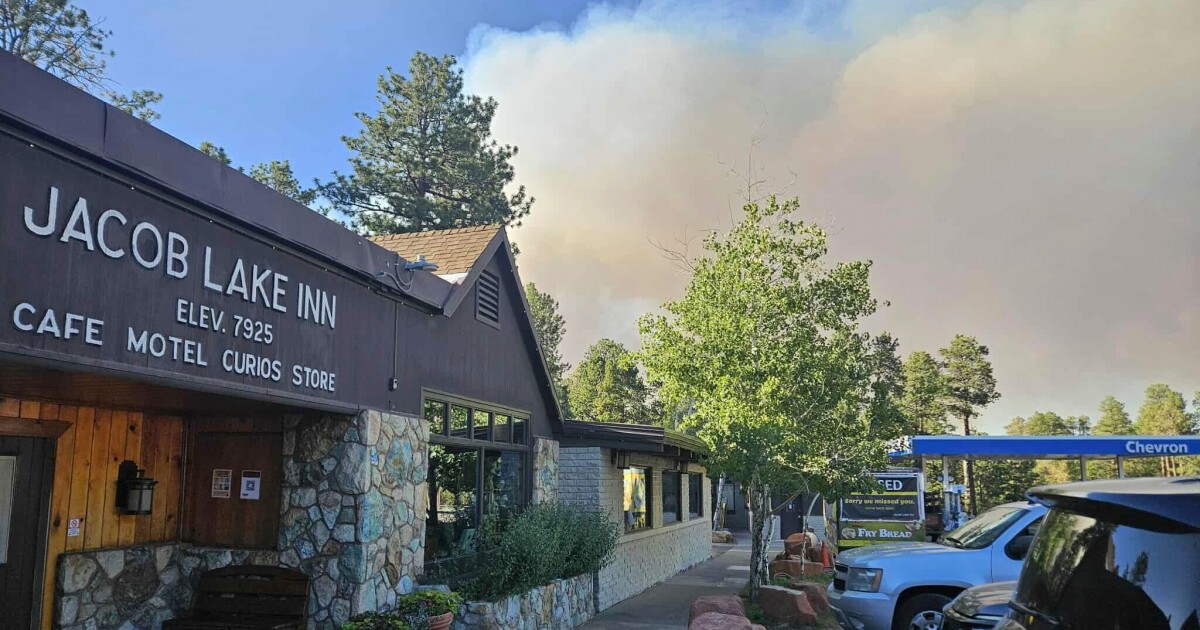
Evacuations and Park Closures The Coconino County Sheriff's Office evacuated campers and residents in the area around Jacob Lake and within the Kaibab National Forest as a precaution. The North Rim of Grand Canyon National Park was also closed to everyone, and the staff. State Route 89A, a primary access route, has been periodically shut down. Expert quote: The park spokesperson told Jane Martinez, "The combination of hot temperatures, dry fuels, and unstable winds has made containment very challenging." Emergency messages remain in effect for areas north of Grand Canyon Village.
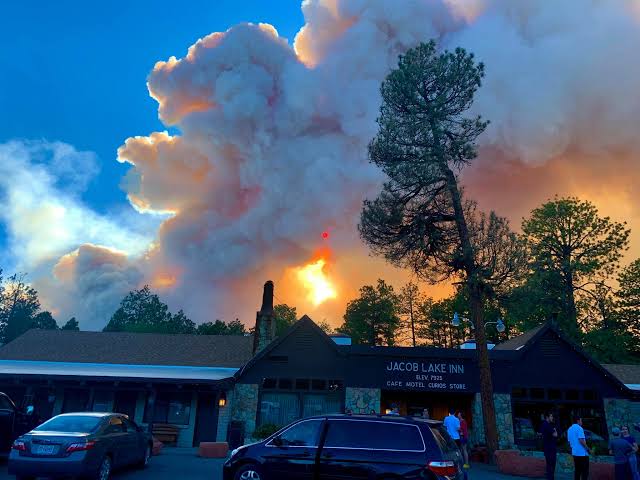
Historical Background and Climate Context Arizona normally has fire season in April (in desert areas) to May (near the Mogollon Rim), climbing into July. Climate change, however, has disrupted this cycle, bringing on long-lasting dryness and high wildfire danger year-round. Since January alone, Arizona has seen 291 wildfires scorching more than 5,800 acres. Prior widespread fires include the Greer Fire in May, which torched over 20,000 acres in eastern Arizona and forced evacuations. The White Sage Fire belongs to this disquieting new pattern, one that's being ignited by lightning into an even more unfriendly climate and parched brush.
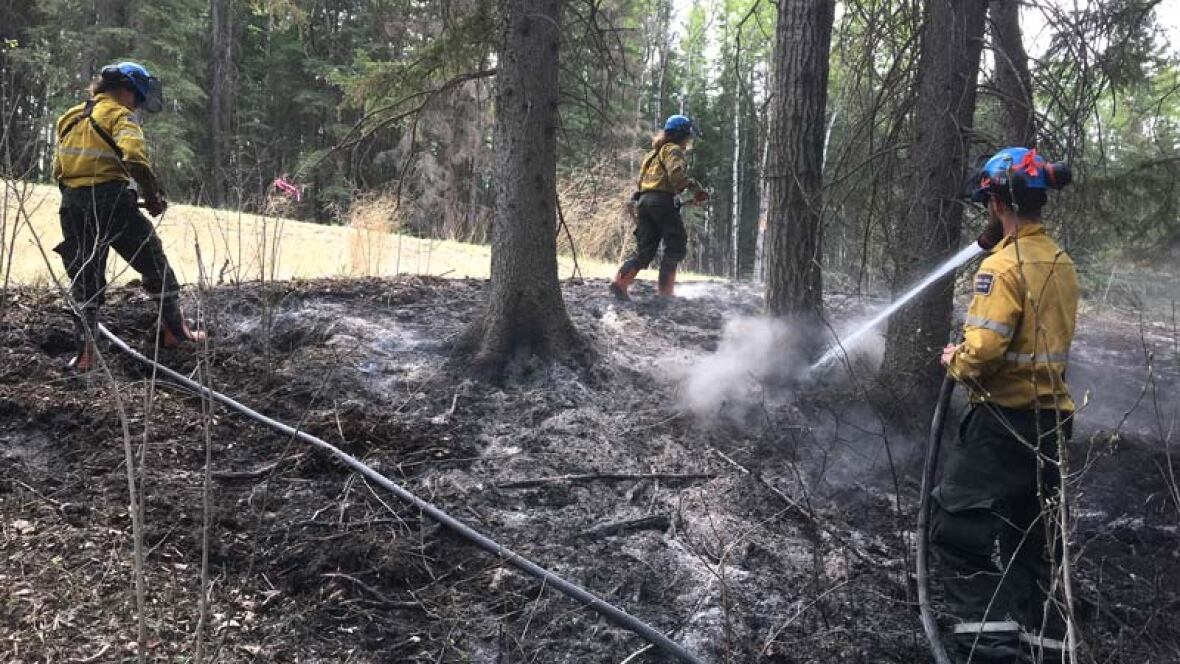
Firefighting Facts and Challenges Firefighting activities: Containment as of Friday morning remained at 0%, reports InciWeb, the federal wildland fire information center. The land north of Jacob Lake is broken and rocky, and ground crew travel is difficult, with aerial work frequently hindered by spastically occurring gusts of wind. The National Park Service and local fire officials recommend that, short of changing weather conditions, i.e., cooler temperatures and higher humidity, containment is unlikely. Samuel Lee reported all firefighting resources to be on high alert and prepared to respond if conditions worsen.
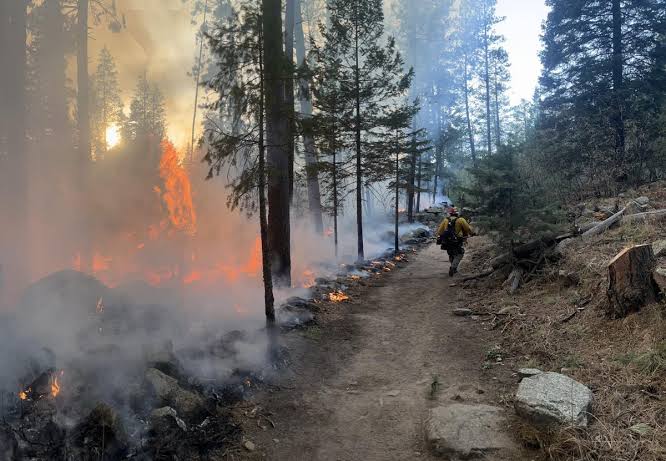
What's next? Authorities are stressing that the fire is highly volatile. Shifts in wind direction have the potential to have fires move quickly toward homes or into thicker areas of the woods. Residents and visitors are reminded firmly to pay close attention to evacuation alerts and air-quality warnings.
